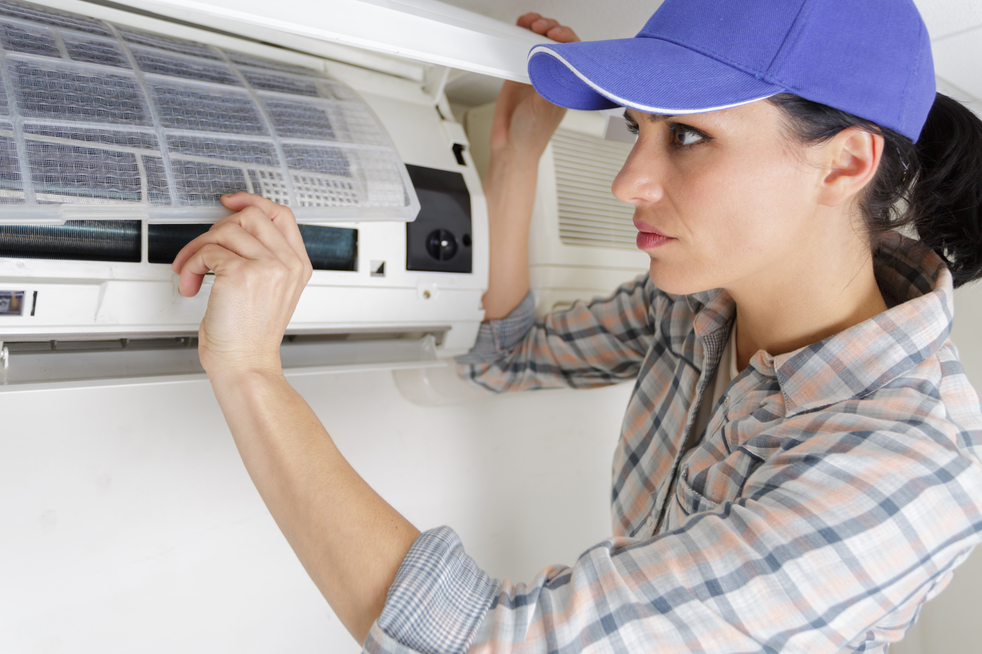As temperatures rise and heat waves become more frequent, taking proactive steps to safeguard your home, yard, and household becomes essential. Extreme heat is not just uncomfortable—it can be dangerous, contributing to heat exhaustion, heat stroke, and exacerbating existing health conditions, especially for vulnerable populations like the elderly, young children, and pets.
Implementing practical hot weather precautions can help you maintain comfort, reduce risks, and protect your property during the hottest months.
Keeping Your Home Cool and Safe
- Maximize Shade and Insulation. One of the most effective ways to keep your home cool is to block out direct sunlight. Use curtains, blinds, or reflective window coverings on sun-facing windows, particularly during the hottest parts of the day. Installing external awnings, shade cloths, or planting trees and shrubs around your home can also provide significant relief by reducing the amount of heat that enters.
- Encourage Airflow. Open windows on opposite sides of your home during the cooler hours—early morning or late evening—to create cross-ventilation and expel hot air. If your home has windows on only one side, use fans strategically to move air or open interior doors to promote circulation. Ceiling and portable fans can help but avoid using them when indoor temperatures exceed 95°F, as they may simply circulate hot air.
- Reduce Internal Heat Sources. Limit the use of ovens, stoves, and other heat-generating appliances during the day. Opt for microwave cooking, cold meals, or grilling outdoors. Turn off unnecessary lights and unplug electronics when not in use since these can emit additional heat. Consider using energy-efficient appliances to minimize heat output.
- Prepare for Power Outages. Hot weather can strain electrical grids, increasing the risk of outages. Store water bottles in the freezer to keep your refrigerator cool if the power goes out and have a battery-operated fan, flashlight, and radio on hand. Keep non-perishable food and medications that do not require refrigeration available in case of emergencies
Yard and Outdoor Precautions
- Plan Outdoor Activities Wisely. Schedule strenuous yard work or exercise for early morning or late evening when temperatures are lower. Take frequent breaks in the shade and drink water regularly to prevent dehydration.
- Create Shade and Cool Zones. Use umbrellas, pop-up tents, or shade sails in outdoor seating areas. Planting trees or installing pergolas can provide long-term shade solutions for patios and gardens.
- Storm and Pest Preparedness. Inspect trees for dead branches or rot and remove hazards that could fall during summer storms. Clean gutters and secure outdoor furniture to prevent damage. Keep food and trash secured to avoid attracting pests and patch any holes in screens or doors to keep insects out.
Additional Tips for Hot Weather Resilience
- Moisture and Mold Control. In humid climates, use dehumidifiers and ensure bathrooms and kitchens are well ventilated to prevent mold growth. Address leaks and dry spills promptly.
- Stay Informed. Keep up to date with local weather forecasts and heat advisories. Have a plan for where to go if your home becomes too hot, such as a shopping mall or a friend’s air-conditioned house.
- Community Support. Check in with neighbors, especially those who may need extra assistance during extreme heat. A quick call or visit can make a significant difference in ensuring everyone’s safety and well-being.
Personal and Family Safety Measures
- Stay Hydrated and Dress Appropriately. Drink plenty of water throughout the day, even if you do not feel thirsty, and avoid beverages with caffeine, alcohol, or excessive sugar, as these can contribute to dehydration. Wear loose-fitting, light-colored clothing and wide-brimmed hats to protect yourself from the sun when outdoors.
- Monitor Vulnerable Individuals. Regularly check on elderly family members, young children, and those with chronic health conditions, as they are more susceptible to heat-related illnesses. Arrange for neighbors or friends to check in if you live alone or are at higher risk.
- Recognize Signs of Heat Illness. Be alert for symptoms such as dizziness, nausea, excessive sweating, weakness, or confusion—these may indicate heat exhaustion or heat stroke. Move affected individuals to a cooler area, provide water, and seek medical attention if symptoms persist or worsen.
- Pet Safety. Never leave pets in parked vehicles and ensure they have access to fresh water and shaded areas outdoors. Remember that asphalt and dark pavement can burn pets’ paws—walk them during cooler hours and stick to grassy or shaded paths.
By taking these comprehensive hot weather precautions, you can significantly reduce the risks associated with the heat. These steps not only protect your health and comfort but also help preserve your property and foster a safer, more resilient community.

